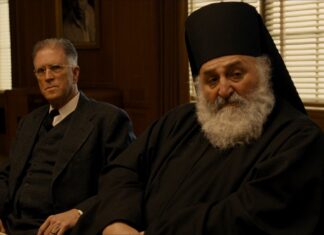YEREVAN / SEOUL — Andi Roselund is a multi-instrumentalist, composer, three-time iF Award-winning commercial sound designer, music educator and music director. He was born and raised in Los Angeles, to a Swedish-American father and Armenian-American mother. Since 1992 he has lived in South Korea.
In 1998 he received his B.A. from Music Composition, Yonsei University in Korea.
Since 2011, he has been the director of music at convergent media production company, Sangwha. Andi lives with his wife Nakyung Kim, who has participated in some of his pop project tracks as a singer.
Dear Andi, you live in Korea for 28 years – what is the experience of a Westerner to live and create in the country like that?
It has been very challenging, but also exciting. Being a small country with a rich but very difficult history (especially in the 20th century), South Korea is often overlooked and there are not nearly as many Westerners here as in Japan, for example. Koreans have a very deep-rooted social order based on neo-Confucianism, which dictates strong collectivism in society not only with adherence to family and friends, but also within any organization, school, or church, and is even built into the language. As such, it is hard to feel a part of any social body unless you speak the language, which is why I have felt that Westerners in general have trouble living in Korea in the long-term. I came to Korea learn the language and go to school to study music, so I got to experience first-hand many of these challenges, but it is very much now a part of my life, personality, and work in the music industry. In fact, I still work on music projects with my university classmates from over 25 years ago. In the same way, being a creative individual of any sort of art in Korean society requires you to find a balance between individual expression and association with your collective body. Some say this contributes to some limitations that both musicians and visual artists sense in Korea, but I have felt that it is also helpful for opening up more and more to diverse styles of expression within artistic communities.
How would you characterize the Korean music scene today?









